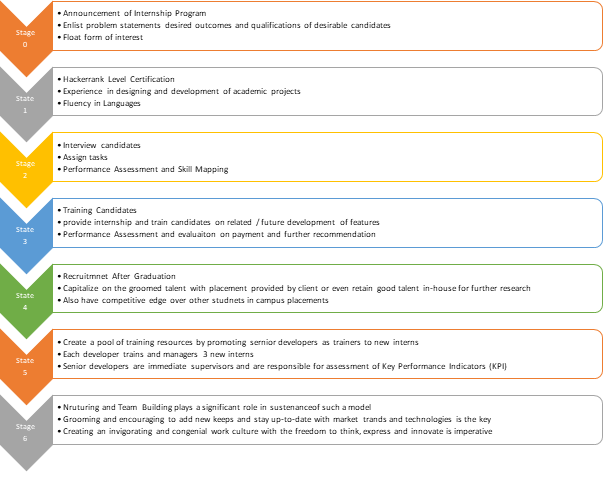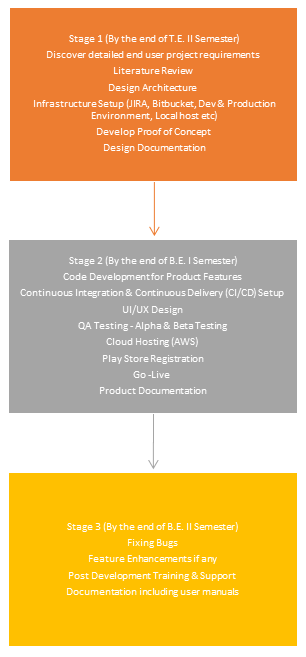In India, the chasm between industry and academia has always been a bane and there have been little to no efforts to bridge this gap making both entities grow apart further. The effect of this outcome often impacts students’ careers.
In March 2020, we at PPCRC tried something unique.
Our team comprising of faculty and students got a wonderful opportunity to develop an enterprise platform for ‘capital equipment planning and procurement of medical technologies’ through a healthcare consultancy firm. What started as a team of 2 faculty members, 3 students ended up becoming a 15-member team including external consultants who were hired for a few specific tasks. Over the 2 years, we have matured and become more confident with our processes, practices, and approach to managing such projects. And today, we have clients approaching us to take on their projects.
But how exactly did we do this? How did we nurture industry-ready professionals through this venture?

Rinse & Repeat, as they say, will not only keep increasing the pool of resources, team size, HR benefits; but also increase the number of projects from clients.
With this experience in end-to-end IT product development and the intention of creating a conducive ecosystem for research and industry-ready professionals, we initiated the PPCRC Internship Programme in November 2021 and floated the idea among the then T.E. students. Those who came on board were able to continue to work on the project till the completion of their degrees. Six groups were tasked with topics based on 1-on-1 discussions and each project group consists of 3-4 students along with a faculty mentor from their respective department.
Standard Operating Procedures for the PPCRC Internship Program
These are the various stages and Standard Operating Procedures (SOP) that were strictly adhered and followed during the implementation of the projects:


This new initiative will bring about the design and development of multiple in-house products which will become live and will be utilized by our own institute at various functional departments. Ensuring that this development experience, which will be at par with industry standards will give our students deeper insights to gain unparalleled exposure and knowledge to cope with their careers ahead.
From the industry perspective, they get to recruit trained and skilled professionals.
It will also facilitate developing joint research and development endeavors with academia by harnessing the mutual infrastructure and outsourcing live project development to research centers which will drastically reduce the actual cost of development at their end. Some of the other benefits that this model could bring about are
- Nurturing Industry ready talent pool available at zero recruitment cost
- Minimum training expenses, leading to early onboarding into live projects.
- Training specialized modules of requirements through research centers in academic wings, through the train the trainer models.
- Supporting such research centers with tools and software for learning and development
- Making such centres an integral part of industry-sponsored research centers and mentoring at regular intervals
- Engage with the research center as a startup wing of the industry to ease the processes of management, decision-making, and approvals.
- Let such successful startups born out of research centers, grow high and create more employment opportunities in the country.
Success as they say can come from unexpected ventures. And it is time that academicians and industry professionals find ways to work cohesively so that the next generation of professionals can thrive.
By
Dr. Rajesh Chowdhary
The author is an Associate Professor at the International Institute of Information Technology and the head of the Pralhad P Chhabria Center at Hinjawadi Pune. (www.isquareit.edu.in) (www.ppcrc.isquareit.edu.in)


Recent Comments